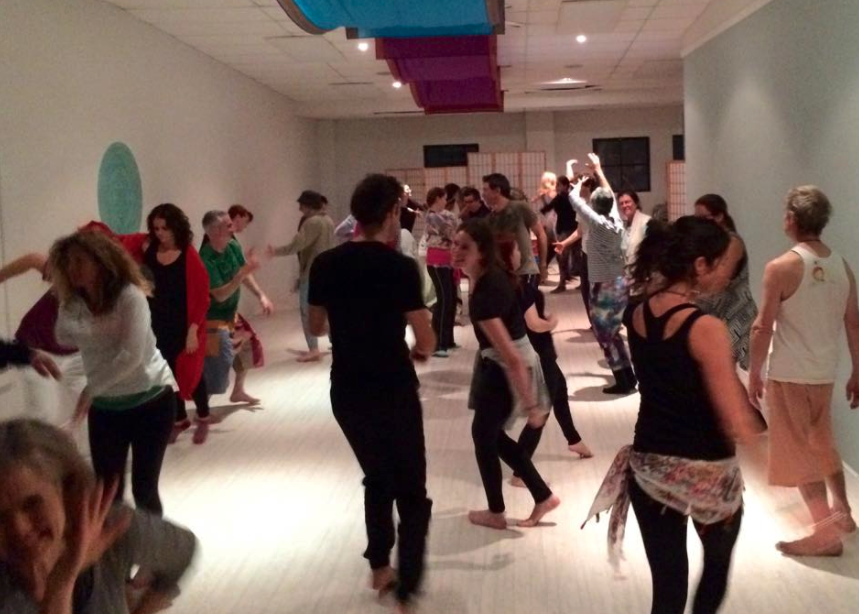Effects of biodanza on stress, depression, and sleep quality in university students by López-Rodríguez, Baldrich- Rodríguez et al (2017).
Research tells us that approximately 50% of higher education students experience significant levels of stress, anxiety or depression. Common stressors in this environment include pressure to succeed, competition with peers, lack of free time, exams, and managing the demands of everyday life, with many reporting perceived stress as the main cause of sleeping problems.
Empirical evidence suggests that some forms of dance therapy may help to decrease the symptoms of depression and anxiety, and improve the quality of life, sense of wellbeing, mood, and body image. Existing research promotes dance as an innovative and successful treatment for stress and depression that may help maximise the effects of usual treatments.
Biodanza is a system of affective integration, organic renovation and relearning of the life’s original functions. It is based on ‘vivencias’ (experiences lived with great intensity by an individual in the present moment) induced by dance, music, singing and situations of encounter in a group. Biodanza sessions are always performed as a group, combining different physical, sensory, and emotional exercises.
A study carried out at the University of Almería, Spain, in 2017, was the first randomised controlled trial to study a Biodanza program as a possible therapeutic treatment for university students with self-reported perceived stress. The study found that Biodanza, when compared to a control group, was a superior stress management strategy in a sample of university students taken during the academic term.
The objective of the study was examining the effects of a 1-month Biodanza program on stress, depression, and sleep quality over one academic term. The randomised clinical trial used a sample of 121 university students with self-reported psychological distress, and compared the changes between the Biodanza group and a control group. Participants in the intervention group were required to attend four Biodanza sessions once a week over a period of a month, led by an experienced Biodanza facilitator. Participants in the control group were asked to continue their lives as normal during this period, avoiding any other closely related activities such as other supportive group programs, dance classes, or physical activity with music.
All participants completed standardised questionnaires one week before the Biodanza intervention commenced and again one week after the last session, so participants in both groups were at the same pre-examination phase of the academic term, sharing a common stressor. The questionnaires collected information on sleep quality, current level of stress experienced by the respondents, and a self-report inventory that assessed depression and levels of distress.
Statistical analyses were performed on data from the 95 participants (42 in the Biodanza group and 53 in the control group) who finished the study and fully completed the pre- and post-intervention questionnaires.
average age, gender, days of exercise per week, mental disorders, source of stress, and use of complementary techniques or dance. Additionally, there were no significant differences between the groups regarding stress, depression or sleep quality before the intervention started.
After the term, the Biodanza group had significant improvements in perceived stress, depression and subjective sleep quality compared to the control group. Comparing the average scores obtained one week before the intervention commenced with those obtained one week after it finished showed no differences for the control group (that is, their stress, depression or sleep quality did not significantly improve nor deteriorate). For the Biodanza group, however, there were significant improvements in depression levels, perceived stress, and subjective sleep quality.
In conclusion, the study found that Biodanza, when compared to a control group, was an effective stress management strategy in a sample of university students with self-reported perceived stress, experienced during the academic term.
To explore the original paper please go here http://www.bionet.name/Lopez-RodriguezStudents.pdf


0 comments